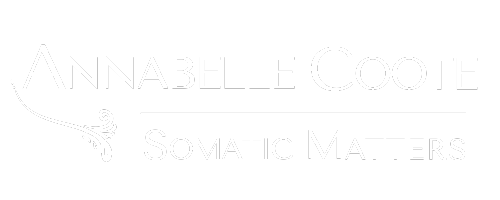What matters in somatic therapy?
Ever felt stuck working with a client? Perhaps someone is pervasively overwhelmed and you’re not sure what will help, or it seems like they are trapped behind a wall and you have no idea how to connect, or things seem to go sideways when you offer a somatic intervention.
When I explore challenging cases with therapists, time and again I hear things like, “I need more ideas”, “I just don’t know what to do”, and “If only I had more training.” As we dig deeper into the work, what often emerges is that the therapist feels uncomfortable, uncertain, or pressure to make more of a difference.
As we launch into ideas about what could help the client and shift the process, we certainly explore theoretical ideas about what is going on and we strategize about interventions that might be useful.
We might talk about how to work with a trauma history or attachment issues. We might explore somatic approaches that could be useful. But where we almost inevitably end up is getting curious about how to be more present.
One of the most common patterns that therapists share, including me, is a tendency to eagerly lean into the work, putting in a lot of effort only to get frustrated or overloaded and then pull back.
This cycle shows up in our bodies as we move forward, lean in, narrow our focus, become tense and pulled upward, which is followed by moving back, collapsing or hunching, losing energy, having a diffuse focus, and feeling heavy.
If we start to explore “being in the middle”, we can develop resources that help us feel grounded, centered, and aligned. We can pay more attention to ourselves and get curious about what we need to be more present. We can ask what our own experience can tell us about our client and the therapy process. We can plug into our own patience and access more compassion for ourselves and our client.
“Being in the middle” between that forward push and that pull back and being more present are indicators that we are more regulated and resourced, which can reset the stage for what is possible in difficult cases. This state helps us to recognize that our job isn’t to “fix” our clients or have all the answers or make the work move any faster than is possible, and to recognize that sometimes it is painfully slow.
Paradoxically, being present also helps us to access the expertise and skills we already have and use them more effectively. It also gives us more clarity about what else we need to work with our client and how we can go about getting it. We gain confidence to experiment with being creative, trying new options, and trusting our instincts.
Don’t get me wrong, I am a big fan of developing skills and growing clinical competence. I think this is especially important when offering body-centered interventions, given how powerful they are. And I have witnessed over and over again the seeming magic of somatic therapy approaches.
I’m the first person to take deep dives into trainings, branch out into new modalities and hone my therapy skills. For example, I spent over a decade becoming a certified Sensorimotor Psychotherapist and feel like every moment and ounce of energy I poured into it was worthwhile.
So, it’s more than fair to say that I highly value being a skilled therapist. And it’s crucial to recognize when we need help, training, supervision, consultation, or other support. But I think that presence is the most fundamental ingredient of effective therapy. And it is often an incredibly powerful catalyst for moving therapy in a new direction.
When you find yourself getting caught up in uncertainty, pressure, pushing through, working harder, feeling discouraged, ruminating about how to help, or any other indicator that you’re pulled out of presence, see if you can pause. Take a slow inhale and a relaxed full exhale. Maybe put a hand on your heart or your belly. Reach for some self-compassion, recognizing that what you’re going through doesn’t feel good.
See if you can get curious about what’s going on for you and what you need to find your way “back to center”. Then you can turn your attention to your client and what they need. You can take this pause anytime, including during sessions, and you explore what you need more deeply between sessions.
Go ahead and take those trainings, read those books, and listen to those podcasts, but don’t make the mistake of thinking they are more important than you being you, showing up with patience and curiosity.
It’s wise to develop your proficiency, but it’s essential to cultivate your capacity to be present.

